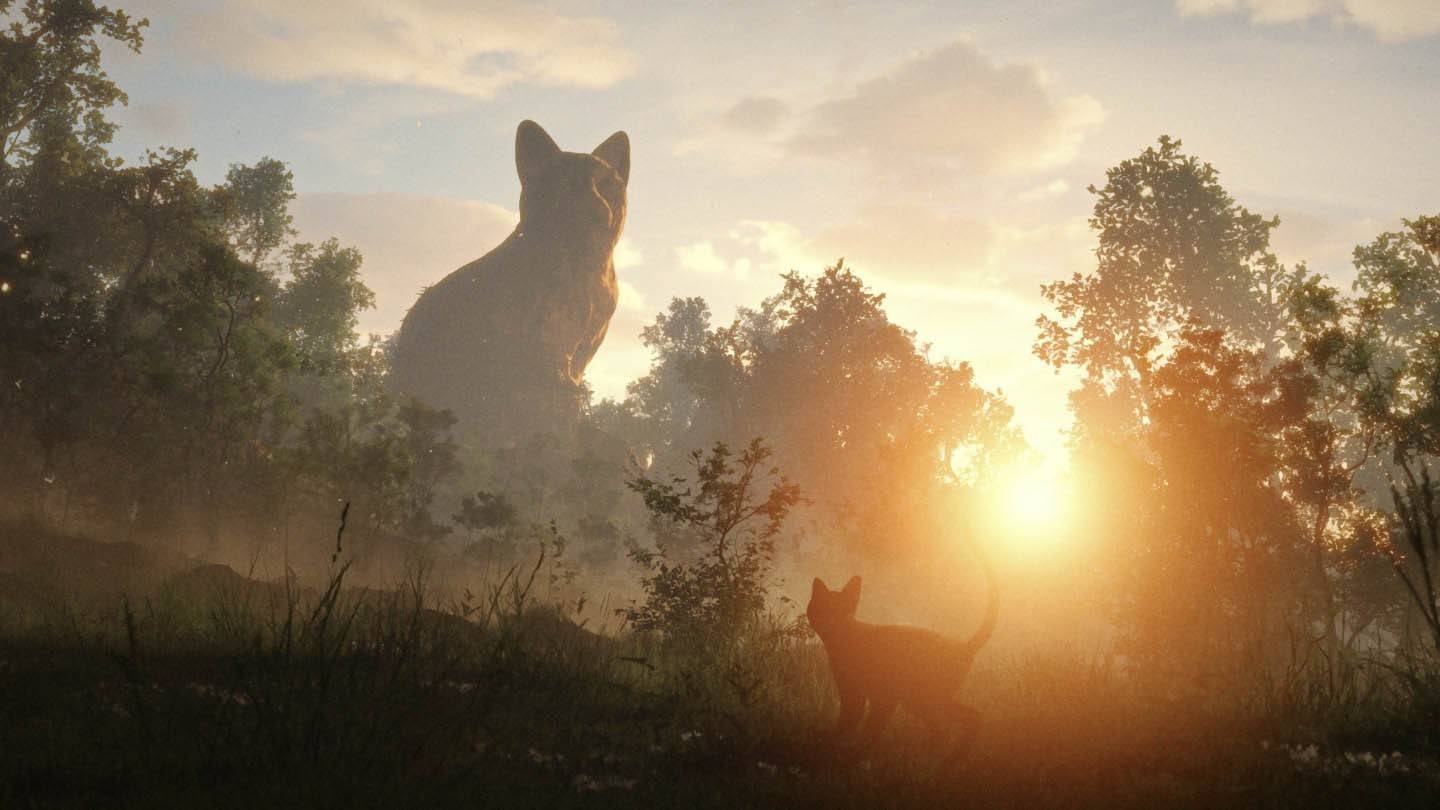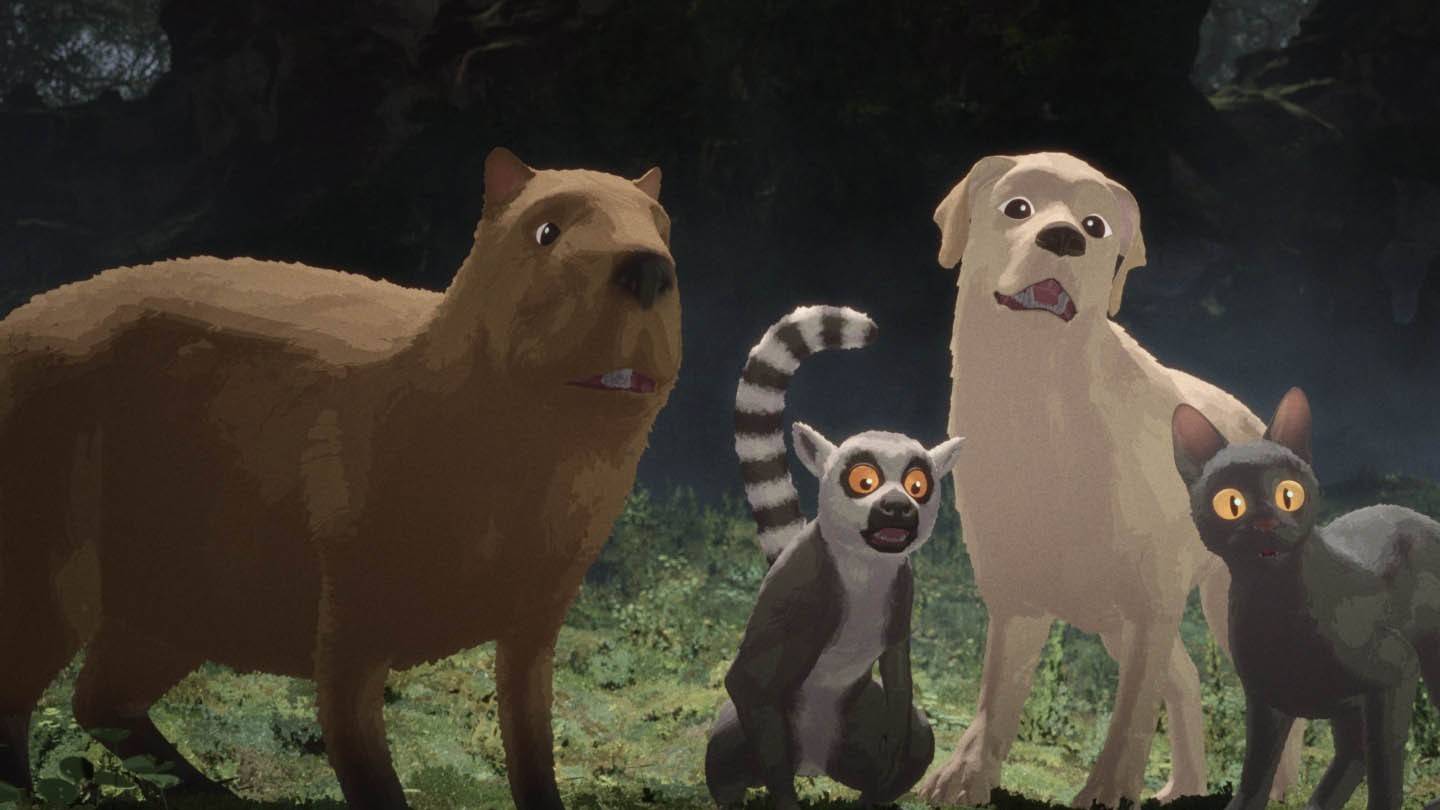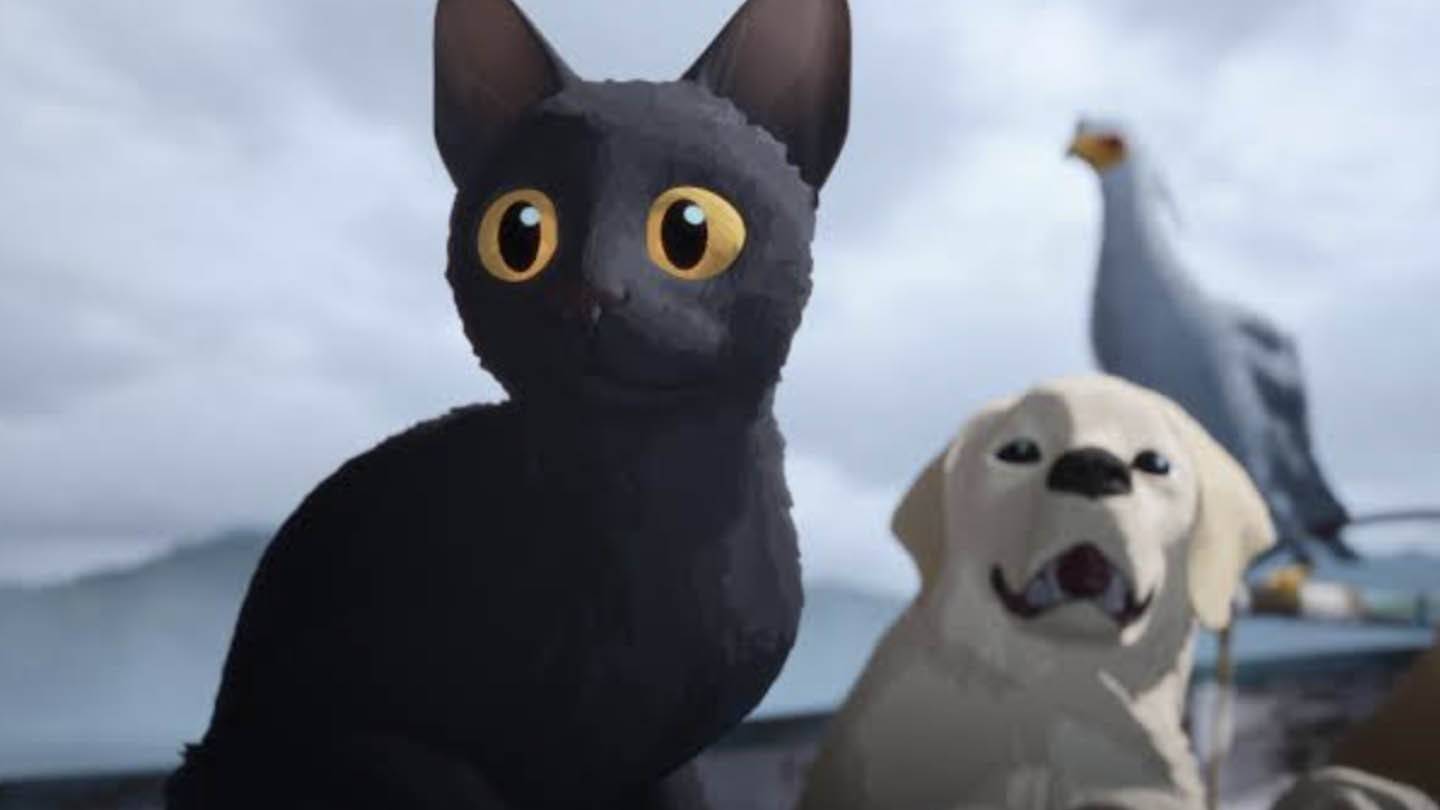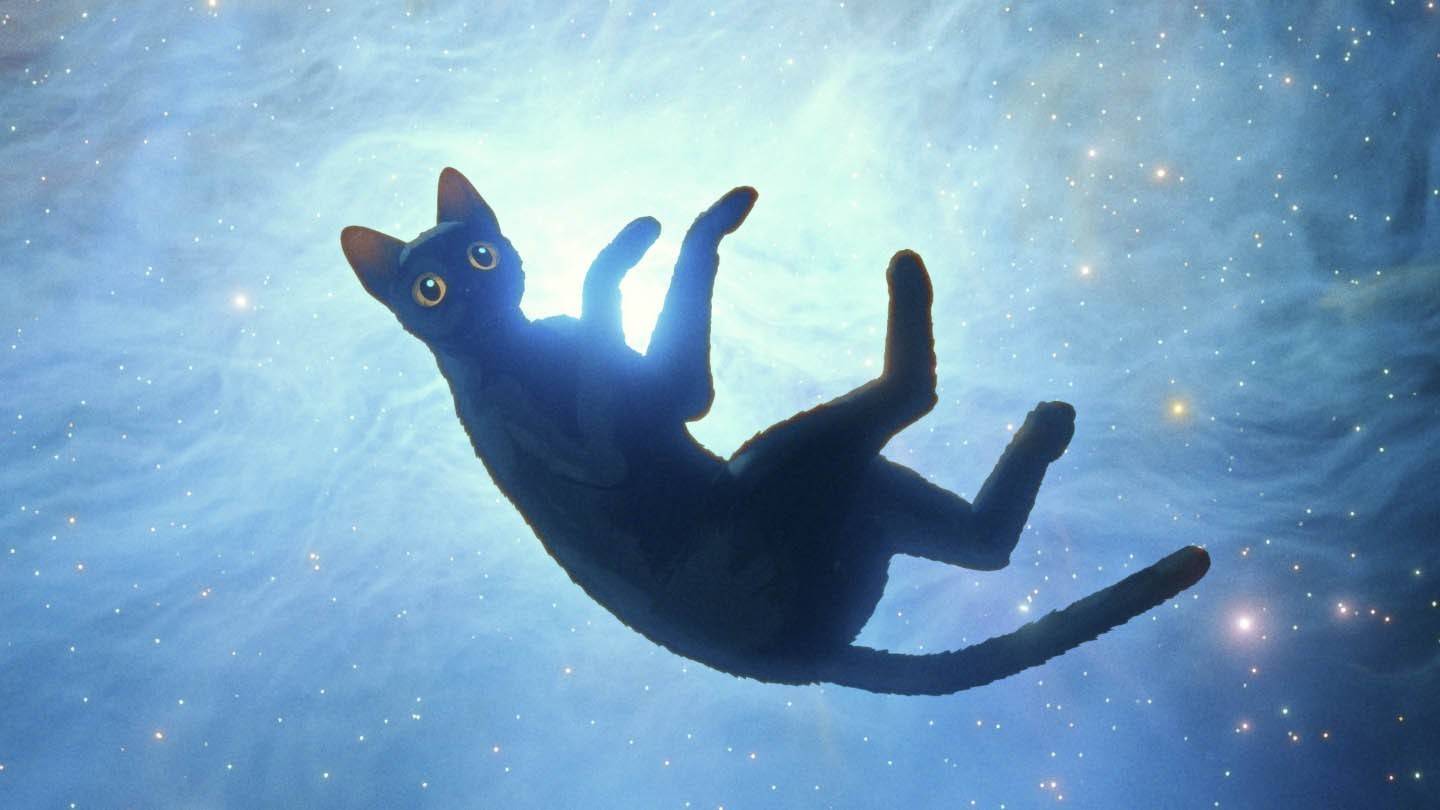The Latvian animated film Flow by Gints Zilbalodis emerged as one of 2024's most unexpected yet remarkable cinematic achievements. This groundbreaking movie has accumulated over 20 international awards, claimed the Golden Globe, and made history as the first Latvian production to receive the coveted Oscar for Best Animated Feature.
Set in a hauntingly beautiful post-apocalyptic world where humanity has vanished, Flow follows the journey of a resourceful cat navigating this new reality alongside other animal survivors facing an impending global flood.
Here's what makes Flow so extraordinary
The open-ended conclusion leaves viewers pondering multiple possibilities
Recording authentic animal sounds presented unique challenges
0 0 Comment on this

Image: ensigame.com
The Animals Mirror Human Behavior
At its core, Flow uses animals to explore complex human characteristics and social dynamics.
The cat represents adaptability and resourcefulness—always alert and ready to adjust to changing circumstances. The capybara embodies balance and calmness, yet also serves as a cautionary symbol of complacency and indifference. The secretary bird stands as a figure of strong leadership, capable of making difficult decisions even when they’re unpopular. The labradors reflect youthful energy and the deep need for social connection, while the lemur offers a sharp critique of modern consumerism and materialism.
These characters form a rich tapestry of personalities—offering children accessible lessons while allowing adults to recognize familiar human traits. Director Gints Zilbalodis drew subtle parallels between his own experience assembling a creative team for the film and the cat’s gradual journey toward trust and collaboration.
The Story Sparks Childlike Imagination
Released during a global period of reflection following a pandemic and widespread political unrest, Flow resonates deeply with contemporary concerns about survival, cooperation, and environmental collapse.

Image: ensigame.com
Free from dialogue and human presence, the film invites audiences to interpret its layered narrative.
What happened to humanity? Early visuals—like boats suspended in trees—hint at past floods and possible evacuations. Yet the director intentionally left these details ambiguous, encouraging viewers to form their own theories.
The enigmatic secretary bird raises compelling questions: Is it a divine guide, a hallucination born of stress, or simply a natural leader emerging in crisis? The film never answers, leaving room for interpretation.
The open-ended conclusion leaves viewers pondering multiple possibilities
- Will the main characters find new ways to coexist after the flood?
- How might their relationships evolve under extreme conditions?
- What lessons about survival and community can we learn from their experiences?
This multilayered storytelling allows each viewer to discover personal meaning, making Flow not just a film, but an experience.
Unique Animation Style Looks Deceptively Simple
Flow breaks from traditional animation with a visual style that enhances its emotional and thematic depth.

Image: ensigame.com
Inspired by watercolor aesthetics and video game design, the animation achieves a dreamlike quality that perfectly complements the film’s tone. While initially distinct from mainstream visuals, this approach draws audiences deeper into its world.
Unlike fast-cut, high-energy blockbusters, Flow employs seamless transitions and extended shots that fully immerse viewers. The camera glides through vast landscapes without interruption, creating moments of pure cinematic wonder.
No Words Needed
Flow proves that powerful storytelling doesn’t require dialogue. Through precise body language, expressive facial movements, and immersive natural soundscapes, the film conveys emotion, tension, and connection with remarkable clarity.
Recording authentic animal sounds presented unique challenges

Image: ensigame.com
Capturing genuine animal vocalizations posed unexpected hurdles:
- The lead cat’s natural sounds required discreet recording techniques to avoid influencing behavior.
- Capybaras vocalize only in specific situations—such as when tickled—necessitating creative workarounds and even cross-species sound blending.
- Even common animal noises were meticulously tailored to reflect each character’s personality and emotional arc.
Critical Acclaim and Recognition
Despite a modest $3.5 million budget—dwarfed by major studio animations—Flow earned universal acclaim from critics and filmmakers alike.
Guillermo del Toro hailed it as "a visionary beginning for animation's future."
Bill Hader declared it "the best film of 2024," even with his well-known cat allergy.
Wes Anderson praised its "absolute uniqueness and wild excitement."
The film’s global success underscores a powerful truth: artistic vision and innovation can transcend financial limitations, achieving excellence that resonates across cultures and borders.






